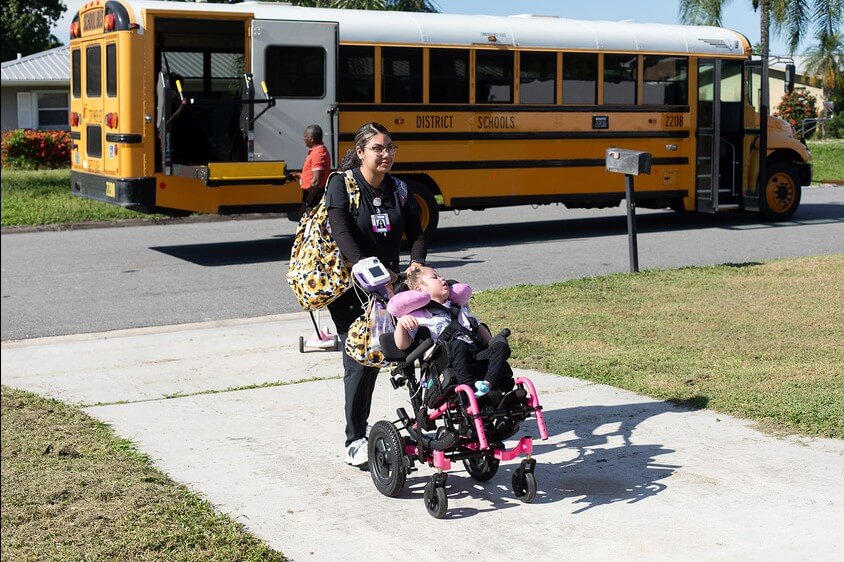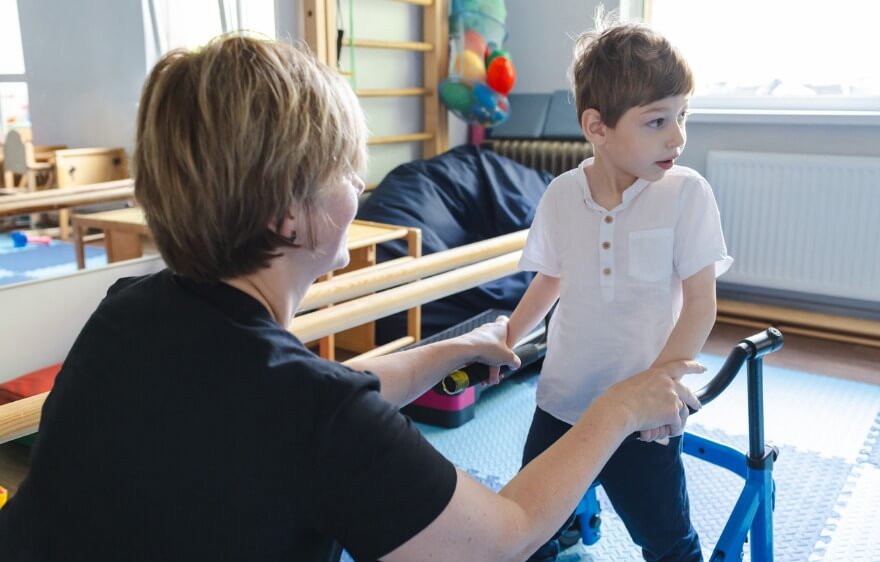If there is one area where school-based clinicians always feel they can grow, it is in serving culturally and linguistically diverse populations. If you work in a school with a large number of Spanish-speaking families, there might be a system in place for supporting their needs, but everyone is acutely aware of how different the process is for the one Chuukese family trying to understand their special education referral. Conversely, you might work in an area where there are very few non-English speakers and witness the struggle to recognize cultural differences among groups that may all happen to speak English (e.g., Native Americans, African Americans, families living in rural settings, those with specific religious backgrounds, etc.).
ASHA defines cultural competence as “a dynamic and complex process requiring ongoing self-assessment, continuous cultural education, openness to others’ values and beliefs, and willingness to share one’s own values and beliefs. This is a process that evolves over time. It begins with understanding one’s own culture, continues through reciprocal interactions with individuals from various cultures, and extends through one’s own lifelong learning.“
3 Ways To Build Cultural Competence On Your School Team (Without Being Bilingual)
So, do you want to work in a more culturally competent workplace? Maybe you have more power than you think… Here are three ways you can promote cultural competence on your teams!
1. Model culturally competent behaviors pre-referral
- Teachers often approach SLPs with questions about language. Take the opportunity to educate and spread awareness. Have materials handy to share, like Myths & Facts about Bilingualism, A Short Guide to Raising Children Bilingually, or this Bilingualism FAQ. Also, be prepared with resources related to specific linguistic groups that are present in your building.
- Do the research – “Oh, that’s a good question, and I don’t know much about Hmong, so let me get back to you!”
- Push back when it’s not a good referral! Explain why when you think it is.
2. Use appropriate resources, materials, and methods for assessment, and explain your choices during the referral process
- Ask good questions, especially of parents and family members. It might take time to get and understand the answers, but this will be time well-spent and may be the most important part of your assessment.
- Explain why (or why not) a particular assessment might be appropriate for the student. Look at test reviews and consider alternative forms of assessment.
- Open up the manual to find out what populations that test was normed on. Did it include kids like the one you are testing? What does the manual say about dialects? Contact the publisher if you can’t find the answer to your question.
3. Speak up when you don’t know, when you need additional resources, or when you’ve made faulty assumptions
- Take a self-assessment check-in to evaluate your cultural competence and highlight directions for growth.
- Educate yourself with ASHA’s Practice Portal Cultural Competence section.
- Share the exciting things you learn with colleagues. Make a point to show-and-tell new materials and resources. Your enthusiasm will be contagious!
As an SLP, you have unique skills and opportunities to build your team’s cultural competence, even if it doesn’t always feel like you’re an expert. This is important work, and the families you serve are depending on you to do it.
This post was originally published 1/23/19 and most recently updated 1/31/23






